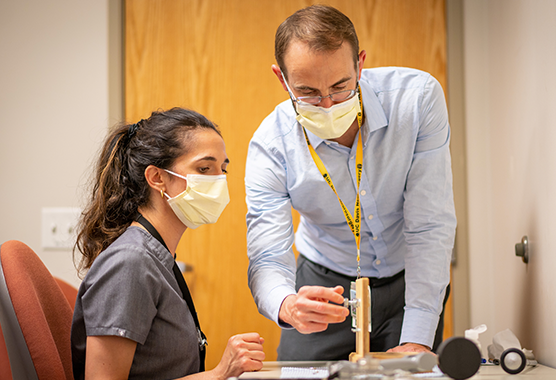The focus of the SCIFI lab is to investigate:
- Measurement of spinal cord function
- Novel imaging methods
The patient populations that are the main focus of the lab are:
- Degenerative cervical myelopathy (DCM)
- Traumatic spinal cord injury (SCI)
Spinal cord function is difficult to measure, as there are no effective direct measurement tools available. Many outcome measures, such as the modified Japanese Orthopedic Association (mJOA) Score, Neck Disability Index (NDI), Spinal Cord Independence Measure (SCIM), and Quality of Life (QoL) measures, are highly subjective as most are patient-reported outcome measures (PROMs). Furthermore, mJOA and the International Standards for Neurological Classification of SCI (ISNCSCI) are the “gold standard” outcome measures for DCM and SCI respectively, but they have severe limitations in terms of accuracy, completeness, and reliability. The mJOA score is also potentially impacted by comorbid conditions and age. The lab aims to investigate novel methods to improve measurement of spinal cord function, including questionnaires, physical testing of function, and using novel technologies and functional imaging.
Novel imaging methods have the potential to objectively measure spinal cord microstructure and tissue injury, potentially providing a direct method of quantifying spinal cord injury for both DCM and traumatic SCI. Such methods include diffusion tensor imaging (DTI), myelin imaging with magnetization transfer (MT), T2*-weighting imaging to investigate grey-white contrast which may reflect perfusion, gliosis, and white matter injury, and quantitative measures of spinal cord compression and deformation (flattening, indentation, and torsion). The SCIFI lab has a partnership with Radiology and Orthopedic Surgery to implement a multiparametric microstructural cervical spine MRI protocol for DCM patients as a clinical scan to help improve diagnosis and longitudinal monitoring of DCM patients to detect deterioration. The lab is also investigating a number of other novel imaging measures for their utility in improving management of DCM and SCI patients.


